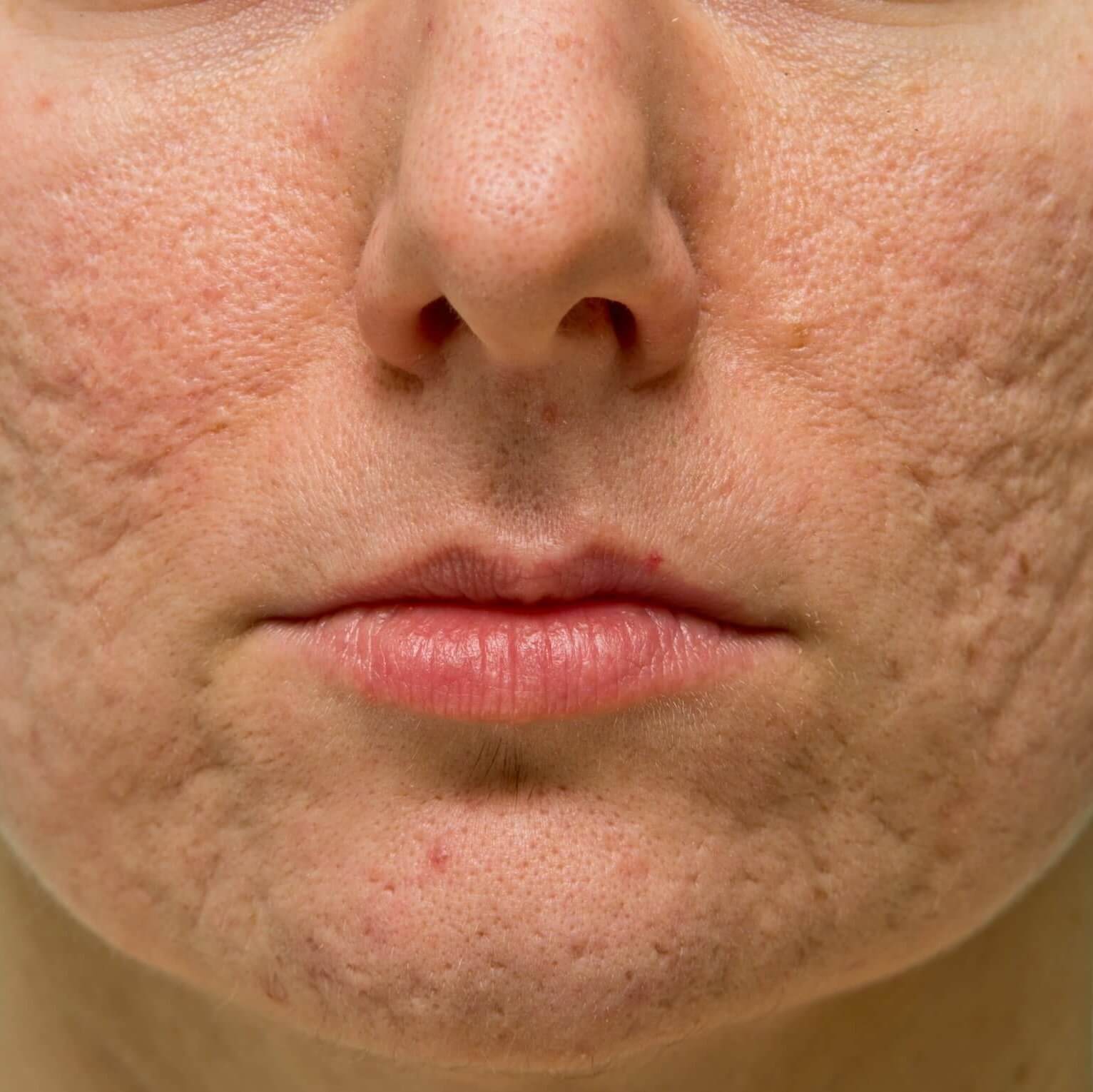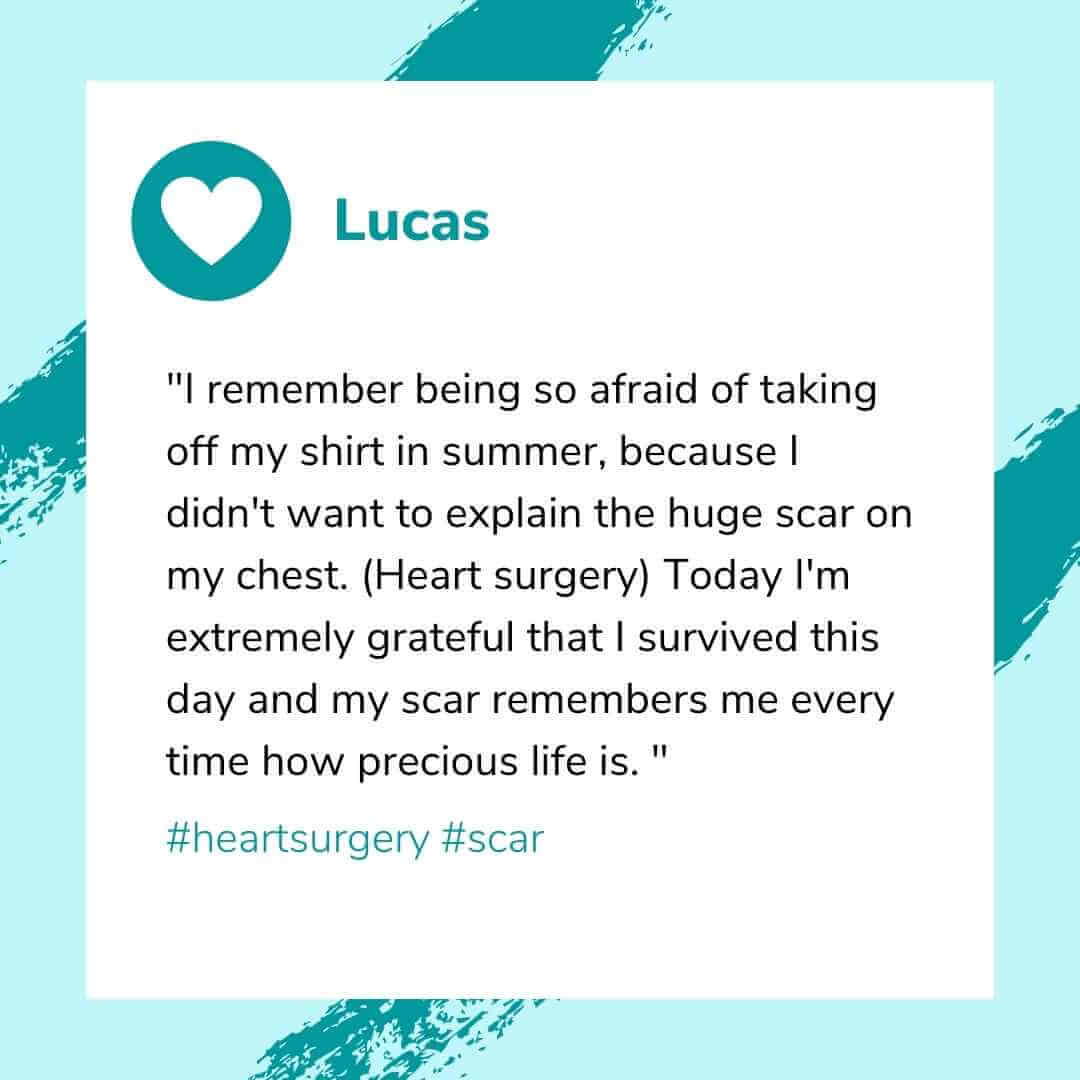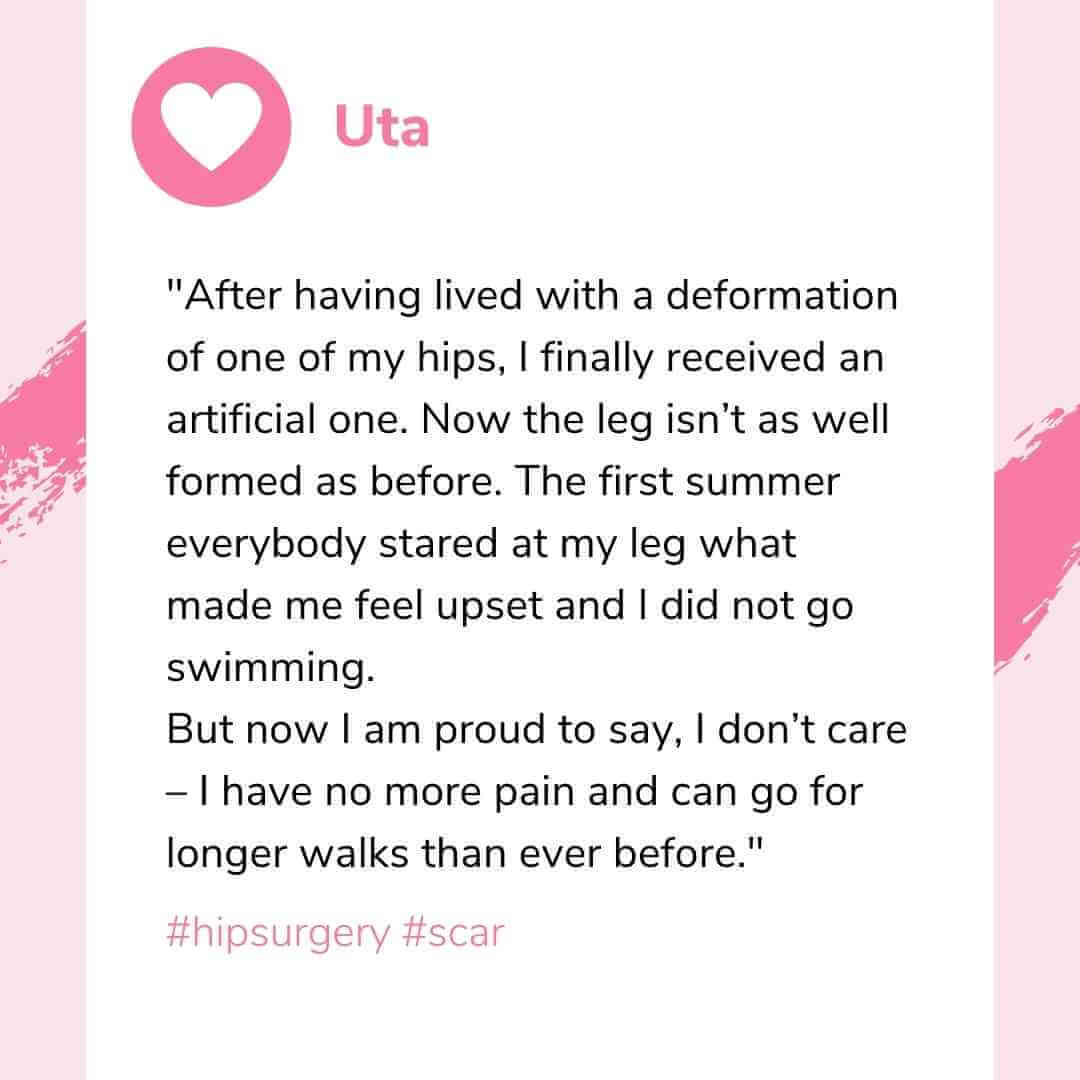


What are scars?
A scar forms on your skin when your body heals an injury. To get a scar, the wound has to go deep enough to injure the inner layers of your skin, the dermis.
When we injure the deeper layers of our skin, cells make collagen to repair the wound. Because your body makes this collagen quickly, it’s thicker and less flexible than the rest of your skin. The thicker, less flexible tissue is a scar.
Scars are a natural part of the body’s healing process. A scar results from the biologic process of wound repair in the skin and other tissues. Most wounds, except for very minor ones, result in some degree of scarring.
What causes scars?

Scars can result from accidents, diseases, skin conditions such as acne, or surgeries.
Scars form when the dermis (deep, thick layer of skin) is damaged. The body forms new collagen fibers (a naturally occurring protein in the body) to mend the damage, resulting in a scar. The new scar tissue will have a different texture and quality than the surrounding tissue. Scars form after a wound is completely healed.
Scars also can appear as stretched skin. Such scars result when the skin stretches rapidly (for example, as in growth spurts or during pregnancy). In addition, this type of scar can occur when the skin is under tension (near a joint, for example) during the healing process.
Different types of scars
Normal fine-line scars
A minor wound like a cut will usually heal to leave a raised line, which will gradually fade and flatten over time.
This process can take up to 2 years. The scar will not disappear completely and you’ll be left with a visible mark or line.
Fine-line scars are common following a wound or after surgery. They are not usually painful, but they may be itchy for a few months.

Keloid scars
A keloid scar is an overgrowth of tissue that happens when too much collagen is produced at the site of a wound.
The scar keeps growing, even after the wound has healed.
Keloid scars are raised above the skin and can be pink, red, the same colour or darker than surrounding skin. They’re often itchy or painful, and can restrict movement if they’re tight and near a joint.

Hypertrophic scars
Like keloid scars, hypertrophic scars are the result of excess collagen being produced at the site of a wound.
Unlike keloid scars, hypertrophic scars do not extend beyond the boundary of the original wound. They may continue to thicken for up to 6 months before gradually improving over a few years.

Pitted or sunken scars
Some scars caused by skin conditions, such as acne and chickenpox, can have a sunken or pitted appearance.
Pitted scars, also known as atrophic or „ice-pick“ scars, can also develop as a result of an injury that causes a loss of underlying fat.

Scar contractures
Scar contractures are often caused by burns.
They happen when the skin „shrinks“, leading to tightness and a restriction in movement.

Why we’re ashamed of our scars
Most people have at least one scar on their body and luckily, for the majority of us, it does not cause any real upset.
One thing that has become very clear to me is that there are a wide range of things which influence how we feel about scars, including the location of the scar, our age and sex and how the scar occurred. Facial scars can be very distressing but other less visible scars can also be very upsetting.
Society places a great deal of importance on how we look. While scars are considered desirable in some societies and may even be inflicted deliberately, in the majority of cultures this is not the case. Often the „bad“ character in a film is portrayed as having facial scarring which highlights the fact that our society not only views scars as undesirable but also perpetuates the myth that those with scars are likely to be less than pleasant people. If we feel that people are reacting differently to us because we have a scar, it can cause embarrassment and a lack of self-confidence; some people eventually feel angry and isolated as a result of such experiences.




Stories about scars



Help
A number of support groups and organisations provide help and advice for people living with scarring.
These include:
Information / text sources
What are scars / What causes scars:
1) https://www.aad.org/public/diseases/a-z/scars-causes
2) https://www.webmd.com/skin-problems-and-treatments/scars
Different types of scars:
1) https://www.nhs.uk/conditions/scars/
Why we are ashamed of our scars:
1) https://www.smith-nephew.com/awm/scar-info/psychology-of-scars/
Fact Check:
1) https://www.ncbi.nlm.nih.gov/pmc/articles/PMC1125033/
2) https://www.bristol.ac.uk/news/2019/november/scar-free-foundation.html
